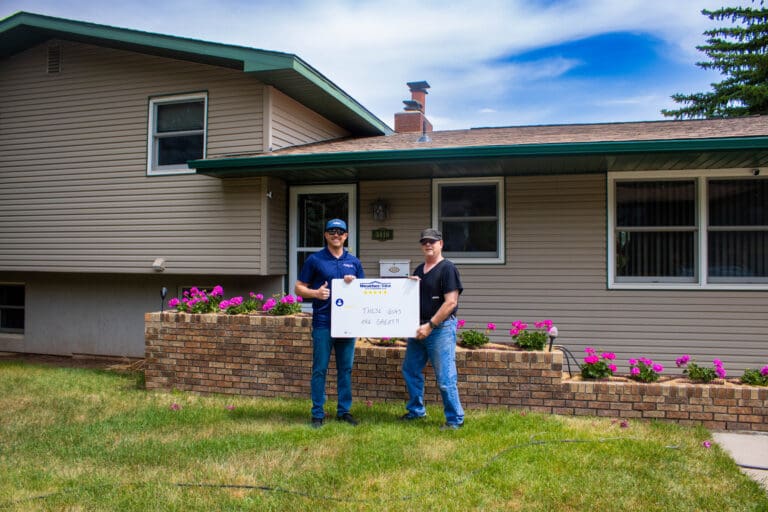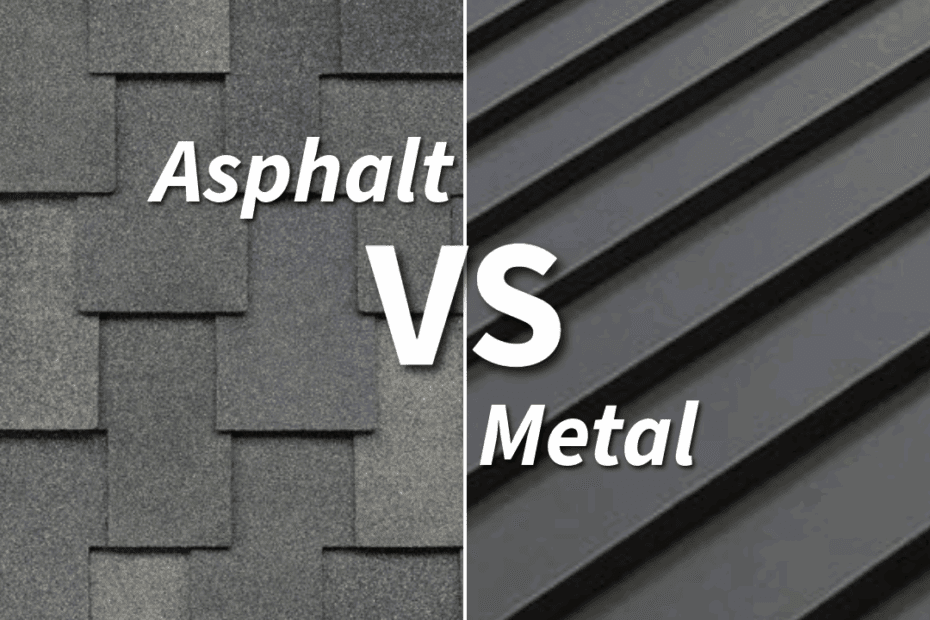If you’ve lived in the Black Hills for more than five minutes, you know hail isn’t just a possibility—it’s practically a season of its own. Those ice marbles (and sometimes baseballs!) that fall from the sky can wreak havoc on homes, especially the roof. And when it comes time to replace that roof, many homeowners in Rapid City ask us the same question:
“Should I go with metal, or stick with asphalt shingles?”
At Weather-Tite Exteriors, we love this question because the answer isn’t about selling you something—it’s about helping you make a decision that fits your home, your budget, and your peace of mind. So, let’s break it down together.
Metal Roofing:
Metal does handle hail impacts better than shingles in many cases—but here’s the catch. Most insurance companies don’t cover cosmetic damage. So if your beautiful new metal roof gets peppered with dents (which hail will do), you’re the one left staring at the dimpled panels. Worse yet, if hail strikes the seam of a standing seam roof, it can actually total the panel system. That means full replacement, and yes—insurance may call it “cosmetic” and decline coverage. Ouch.
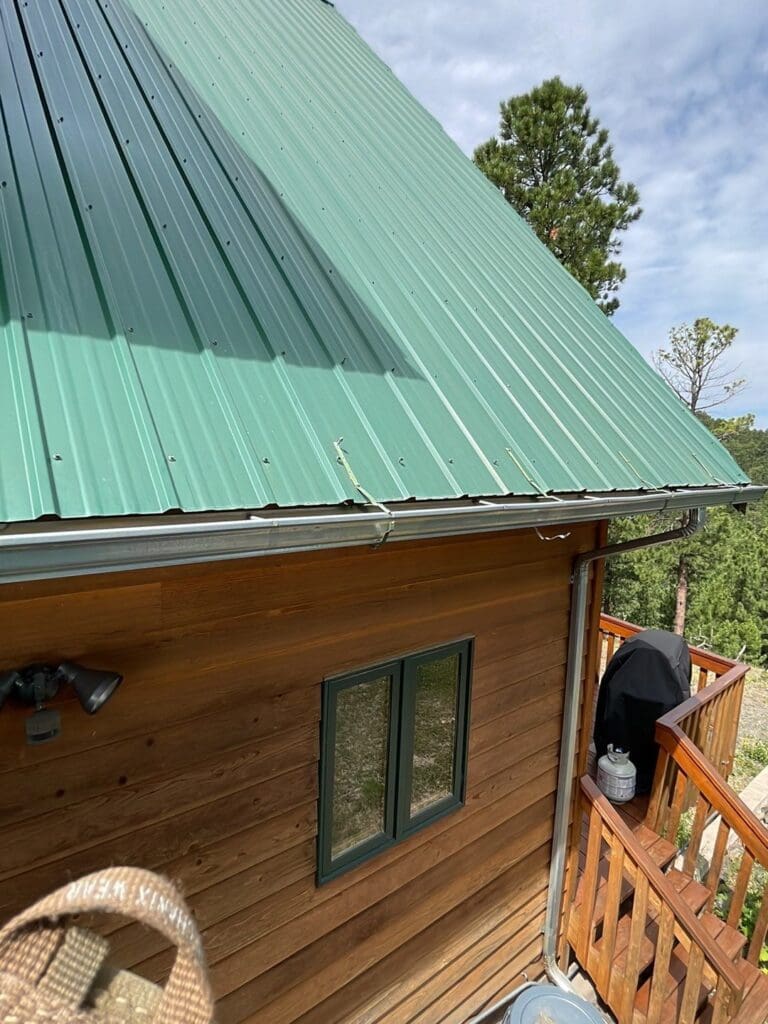
Asphalt Shingles:
Shingles tell a different story. When hail damages shingles, it typically results in cracked, broken, or missing pieces. And that kind of functional damage is almost always covered by insurance. In other words, if your shingle roof gets hit, you’re far more likely to get the repairs or replacement paid for.
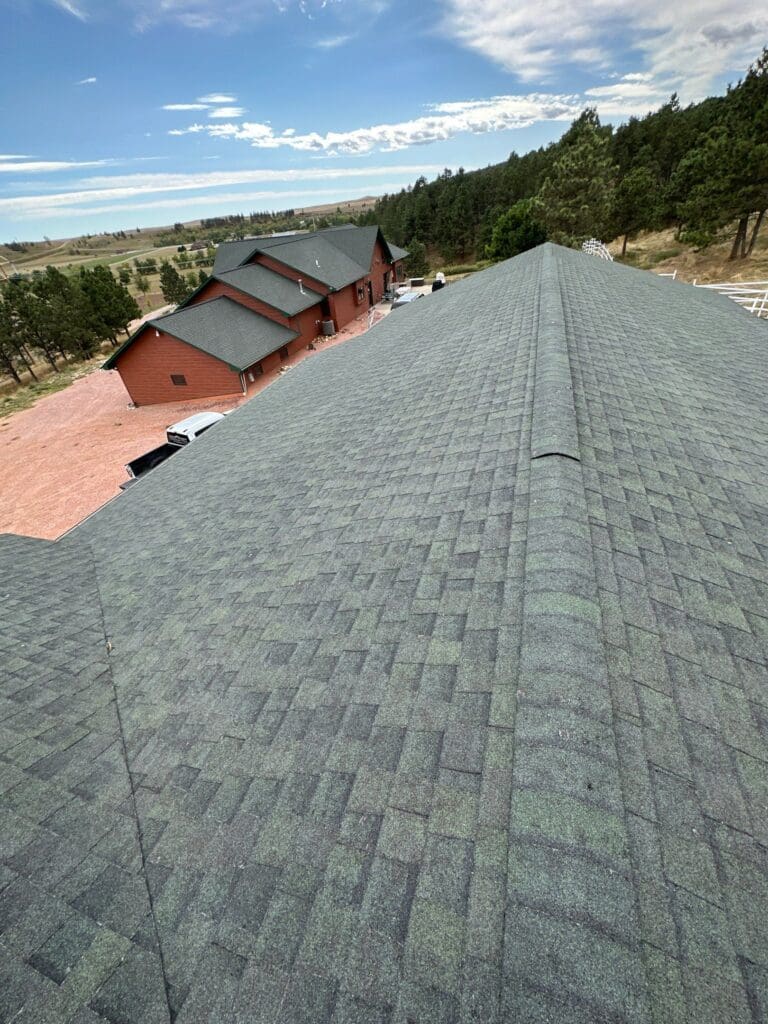
Our take: A dented metal roof may still work, but you’ll live with the damage—or the bill. Asphalt shingles, on the other hand, give you coverage you can actually count on.
Lifespan & Replacement
Metal Roofing:
Yes, metal can last 50 years. However, in hail alley, very few metal roofs last that long without seams or panels being damaged or totaled. Replacement costs on metal are also much higher, so every storm season can feel like rolling the dice.
Asphalt Shingles:
Shingle roofs average 7-10 years in the Black Hills. And while hailstorms may shorten that, insurance typically steps in to cover replacements. So even if you need a new roof every several years, your out-of-pocket expense is often far lower than the cost of maintaining a hail-damaged metal roof.
Impact Resistant Shingles
If you’d like to do better than regular shingles, but metal roofing may not be worth the cost for you, there are some great Impact Resistant shingles out there. We call this the Goldilocks of hail resistance. Same architectural asphalt shingle – but made with either a reinforced fiberglass mat, or rubberized asphalt that stays softer – giving the shingle better protection from impacts like large hail stones. These roofs qualify for discounts on many home insurance policies, and cost only slightly more than regular shingles. In fact, Weather-Tite uses impact resistant shingles by default, and gives you a class 3 shingle at no extra charge. It’s just what we believe in. You can upgrade to a class 4 impact rating (the highest rating in the industry) for not a lot more. Even with our constant hail storms, you’ll get a much longer life out of an impact resistant shingle than a standard shingle. Not too expensive; not too vulnerable. Putting the impact resistant asphalt shingle right in the Goldilocks zone of roofing in the Black Hills.
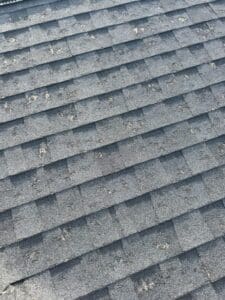
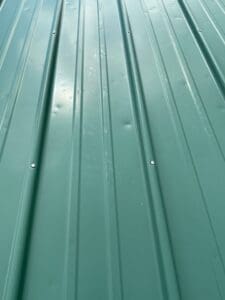
Cost & Insurance Realities
Metal Roofing:
Higher upfront investment, limited coverage for cosmetic damage, and major vulnerability if seams are compromised. Insurance discounts may exist, but they don’t erase the risk.
Asphalt Shingles:
Lower upfront cost, wider insurance coverage, and easier, faster replacements. With Class 4 impact-resistant shingles, you can boost your hail defense even more—without losing insurance protection.
Our take: If it’s the look of the metal you are going for, there is really no substitution. But here in the Black Hills, the most common and most cost-effective choice is an asphalt shingle roof. Shingle roofs tend to work more seamlessly with how insurance polices are structured in hail-prone areas like ours. And, as long as you choose an impact-resistant shingle, you are ensuring that extra layer of protection for your home, and really getting the best of both worlds.
So, Which Roof Wins in Rapid City?
Here’s the simple answer: asphalt shingles are usually the safer choice for Black Hills homeowners.
- Insurance covers shingle damage more consistently.
- You won’t be left footing the bill for “cosmetic” issues.
- Even after a storm, repairs and replacements are quicker, simpler, and less costly.
At Weather-Tite Exteriors, we’ve spent decades helping our neighbors recover from hail damage, and we’ve seen firsthand how insurance plays out. That’s why we often recommend shingles, especially Class 4-rated asphalt shingles, if hail protection and financial peace of mind are your priorities.
Because at the end of the day, your roof isn’t just a cap on your house—it’s your home’s shield. And our mission is to make sure that shield serves you, your family, and your future.
Welcome to the Weather-Tite Family—where we serve people first, restore property second, and always keep your trust at the center.
